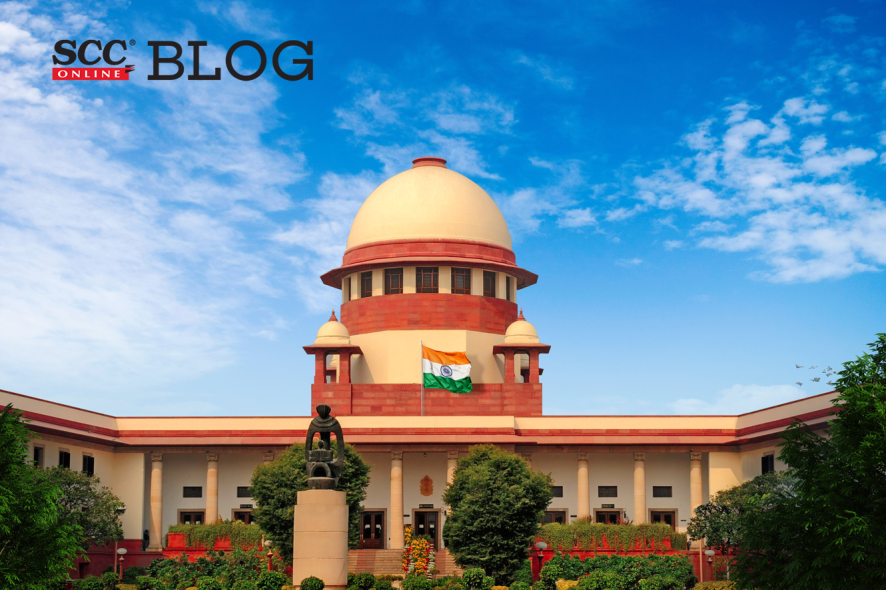Supreme Court: In an appeal filed against the judgment of Karnataka High Court reducing the total compensation from Rs. 21,08,400/- to Rs. 7,37,604/-, for a motor vehicle accident, the division bench of B.R Gavai and B.V Nagarathna*, JJ. reassessed the compensation and modified the judgment passed by the High Court by enhancing the award of compensation from Rs. 7,37,604/- to Rs. 11,67,405/- which shall carry interest at the rate of 6% per annum from the date of filing of claim petition till realisation.
In the case at hand, one afternoon the appellant was travelling in the tanker lorry, when the driver of the lorry drove in a rash and negligent manner with high speed and dashed into another lorry, as a result of which, appellant sustained comminuted fracture of tibia bones of both legs and other injuries on his body. During treatment, he underwent surgery on both legs and rod and screws were inserted.
The appellant contended that he was earning Rs. 18,000 per month as a cleaner of the tanker lorry but the High Court has assessed his notional income as Rs. 9,000 per month only. It was also contended that owing to the fracture of both legs, the appellant is unable to carry out his duties as a cleaner of the lorry and the percentage of disability has been erroneously assessed at 20% while the doctor had assessed the permanent disability of 54%. Hence, the appellant has sought enhancement of compensation.
The Court referred to Raj Kumar v. Ajay Kumar, (2011) 1 SCC 343 and observed the following:
-
All injuries (or permanent disabilities arising from injuries), do not result in loss of earning capacity.
-
The percentage of permanent disability with reference to the whole body of a person, cannot be assumed to be the percentage of loss of earning capacity.
-
The doctor who treated an injured claimant or who examined him subsequently to assess the extent of his permanent disability can give evidence only regarding the extent of permanent disability. The loss of earning capacity is something that will have to be assessed by the Tribunal with reference to the evidence in entirety.
-
The same permanent disability may result in different percentages of loss of earning capacity in different people, depending upon the nature of profession, occupation or job, age, education and other factors.
The Court noted that the appellant sustained comminuted bone fracture of tibia on both legs and was operated on twice and was hospitalized for thirty-six days cumulatively. Further, as per the doctor, there was 54% disability despite the treatment given. Thus, it was held that, as the appellant has sustained comminuted fracture of tibia bones of both legs, the whole-body disability will be at 30%, and proposed to enhance the compensation for pain and suffering due to two surgeries undergone, future surgeries to be undergone, for loss of future amenities and income during laid up period of twelve months.
[T.J. Parameshwarappa v. New India Assurance Co. Ltd., 2022 SCC OnLine SC 1604, decided on 18-11-2022]
*Judgment by: Justice B.V Nagarathna.
*Apoorva Goel, Editorial Assistant has reported this brief.






